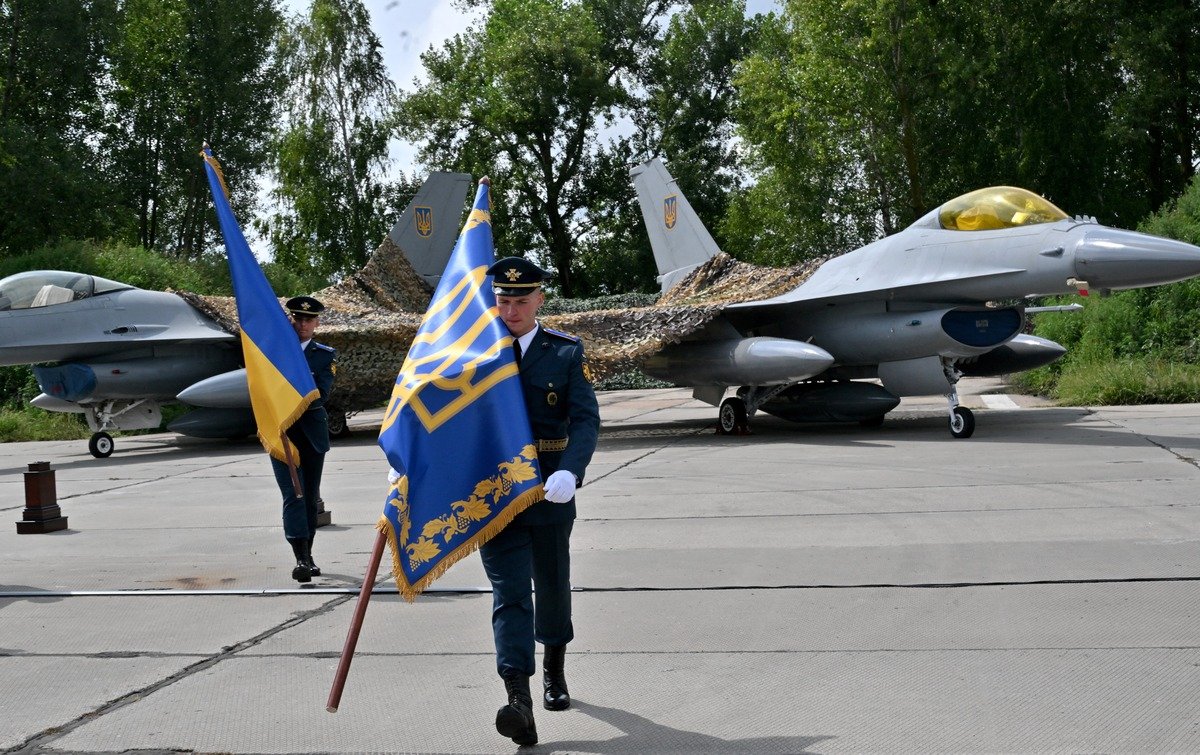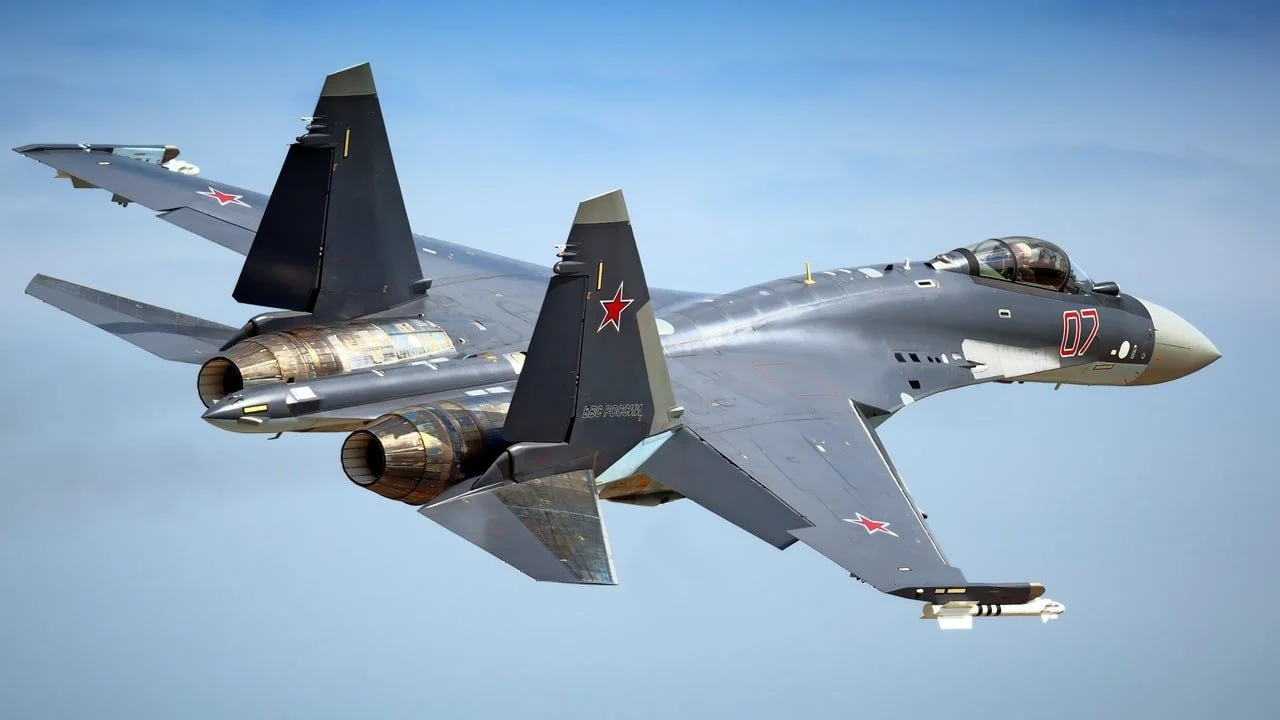Ukraine’s F-16s No Match for Russia’s Su-35, Former Air Force Official Admits
The candid acknowledgment came from former Ukrainian Air Force Command spokesperson Yuriy Ignat, who highlighted a stark disparity between the F-16s provided to Ukraine and the Su-35s operated by Russia.
(DEFENCE SECURITY ASIA) – Just months after Ukraine’s Air Force integrated F-16 fighter jets into its fleet, a former senior official has conceded that these Western-supplied aircraft are ill-equipped to challenge Russia’s Su-35 in direct air-to-air combat.
The candid acknowledgment came from former Ukrainian Air Force Command spokesperson Yuriy Ignat, who highlighted a stark disparity between the F-16s provided to Ukraine and the Su-35s operated by Russia.
The Ukrainian jets, he noted, are older models with outdated technology, falling short of the Su-35’s superior capabilities.
“The F-16s delivered by our Western partners are not modern enough to effectively compete with Russia’s Su-35 in one-on-one aerial engagements,” Ignat stated.
He further emphasized that Ukraine’s F-16s lack the cutting-edge avionics and weapons systems necessary to go head-to-head with the Su-35, a fighter known for its exceptional maneuverability and advanced armament.
Ignat stressed that a holistic defense strategy is imperative—one that incorporates ground-based air defense, aviation assets, and electronic warfare systems—to achieve two primary objectives: establishing air superiority and countering Russia’s extensive deployment of guided bombs.
The generational gap between the two aircraft is evident.

While the Su-35 is a 4.5-generation fighter equipped with sophisticated avionics and weapons, the F-16 remains a fourth-generation platform with inherent technological limitations.
Ignat’s assessment has reverberated across Ukrainian military circles and media, challenging the optimistic narrative surrounding the introduction of F-16s.
His remarks have sparked renewed debate about the condition, effectiveness, and actual combat viability of these donated aircraft against Russia’s more advanced fighter fleet.
His message is clear—while the F-16s are a valuable addition to Ukraine’s air force, they are not enough to contest Russia’s air dominance outright.
A significant number of F-16s donated by Western nations were previously retired from service in their respective air forces before being refurbished for Ukrainian use.
Although these aircraft remain operational, they lack the latest software and hardware upgrades that bring NATO-operated F-16s up to modern combat standards.
Ukraine’s Air Force has so far received approximately 20 F-16s, primarily from the Netherlands, Denmark, and possibly the United States.

While some have undergone limited modernization, they still lack the advanced enhancements that would enable them to effectively counter Russia’s Su-35s.
Among the most critical shortcomings of Ukraine’s F-16s are their radar systems, electronic warfare capabilities, and missile range.
Many of these aircraft are equipped with outdated radars such as the APG-66 and APG-68, which lack the power and detection range of modern Active Electronically Scanned Array (AESA) radars found in newer F-16 variants.
Additionally, Ukraine’s F-16s carry older missile variants, such as the AIM-9 Sidewinder and AIM-120 AMRAAM.
While still functional, these munitions are outmatched by Russia’s long-range R-77 missiles, placing Ukrainian pilots at a distinct disadvantage in beyond-visual-range (BVR) combat.
Russia’s Su-35 is a highly modernized variant of the Su-27, featuring state-of-the-art avionics, advanced sensors, and superior firepower.
With a combat radius exceeding 900 miles (1,448 km) and a top speed of approximately 1,500 mph, the Su-35 surpasses Ukraine’s F-16s in both range and maneuverability.

The Su-35’s Irbis-E radar is capable of tracking multiple targets at distances of over 200 miles (321 km), granting Russian pilots a significant edge in beyond-visual-range engagements.
One of the most defining features of the Su-35 is its thrust-vectoring engine technology, which allows for unparalleled maneuverability in dogfights—a key advantage over conventional fourth-generation fighters.
Additionally, the Su-35 is armed with R-77 and R-37M missiles, the latter boasting an engagement range of over 200 miles (321 km), enabling Russian forces to strike from a safer distance.
The combination of superior weaponry, agility, and situational awareness makes the Su-35 a formidable adversary in one-on-one engagements.
Military analysts widely advise Ukrainian pilots to avoid direct dogfights with Russian Su-35s, given the overwhelming technological and tactical advantages held by the latter.
— DEFENCE SECURITY ASIA


